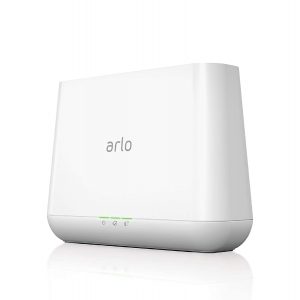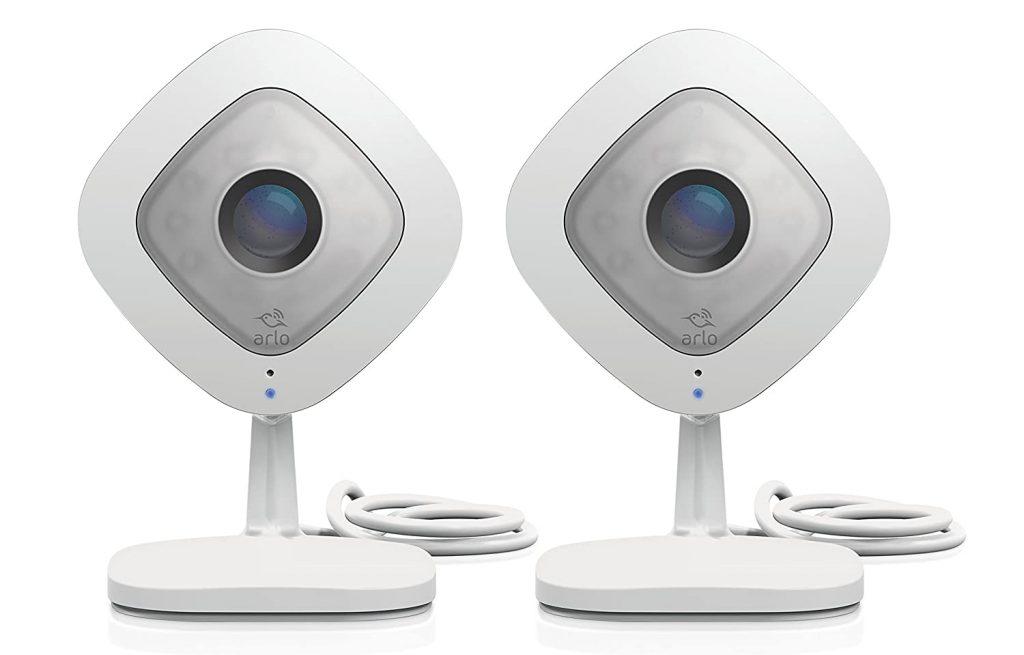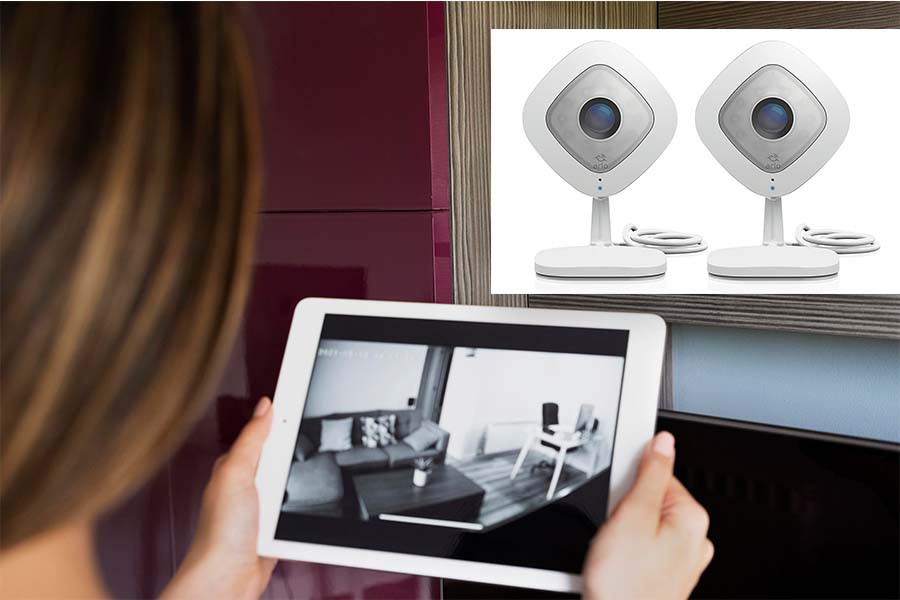Humans have prioritized home security from the beginning of time, and perhaps one of the most effective tools in this respect has always remained the security camera.
In the event of any suspicious behavior, the homeowner may review the occurrence and identify any possible invaders.
In all, with the quick advancement of technology and home automation technologies, house security cameras have evolved on whole new features and functionalities.
Long gone are the days when that kind of a security feature was implemented in response to an occurrence; nowadays, you may be even more proactive in your attitude to safeguarding your house.
People strive to grab this Arlo camera system in the security camera industry precisely. Now, you could keep a keen eye on your house through your smartphone, using their wonderful products.
Be aware that the increasing simplicity of installation of your gadgets helps make it an interesting device.
In this piece of content, we compare two of Arlo’s products, one of which is classic and original Pro, as well as the other its forerunner, Pro 2. We will check whether the new edition is worth the money to purchase or not. Let’s go into it.
Arlo 720p vs 1080p


Resolution is an important consideration when selecting whether to buy 1080p or 720p security cameras.
This reflects the amount of detail and how successfully or ineffectively intruders might be identified or recognized using still photos or video recordings.
Recordings at 720p resolution are suitable for so many customers, although they are not significantly less expensive than more advanced cameras.
1080p versions need more memory and connectivity, but they will also provide better detail with minor price increases.
Although one or the other is a good choice for office and home surveillance, higher-resolution monitoring is a somewhat superior alternative if your money allows it.
Primary Difference: Arlo 720p vs 1080p
It is critical first to comprehend the meaning of resolution designations. These figures show the number of vertical pixels (p)—tiny colored dots—in a captured picture.
It influences how much a photograph can be expanded without losing clarity; the greater the resolution, the larger the image.
While 1080 may not appear to be significantly larger than 720, the overall picture size encompasses double that many pixels since the width rises correspondingly as the picture size is increased. This can aid in long-distance detection and recognition.
Each location has different camera needs depending on its size, design, and other variables. For example, 720p systems can efficiently handle small, well-lit areas with a decent angle of vision, but bigger areas necessitate an upgrade.
Proximity: Arlo 720p vs 1080p
A higher-resolution camera compresses extra pixels into a picture, allowing for better detection and recognition at a wider range.
When it comes to understanding identifications from greater distances and larger properties, 1080p is the finest option.
Often these houses do not even have large enough living areas to warrant an update. However, there are rare cases when this might be beneficial.
The picture quality of a 720p camera is excellent enough to recognize someone gazing squarely at the lens from all across an ordinary family room with decent lighting. However, real-world circumstances add another dimension of complication.
Although no one system can record every scene, a higher-resolution surveillance camera has a relatively improved probability of capturing an essential detail.
Because of the increase in competition, the price of 1080p cameras equivalent to 720p setups has been reduced.
If the necessity arises, an update may be worth the somewhat higher cost.
Storage at an Affordable Price: Arlo 720p vs 1080p
Even if you constantly record for a week, a 1080p camera will only consume 113 GB of storage.
Many contemporary cameras also have sophisticated functions, including a range of motion sensors and surveillance systems.
Because they are only activated when movements are identified, they increase memory, retention, battery capacity, as well as other power-saving capabilities.
With the introduction of cloud storage, certain video solutions may no longer require a memory stick.
For example, remote video surveillance allows for real-time footage that may be accessed from just about any mobile device.
Subscription-based cloud computing, which varies in pricing and plans, provides adequate capacity for up to one month.
Getting Started: Arlo 720p vs 1080p
The original Arlo Pro’s smooth networking and setup marked it apart from some of the rivals.
Install the camera modules in the correct locations and the primary module in its own assigned location, and you’re good to go. There is no need to link long cables or cut holes for them because everything is handled wirelessly.
The good news is that this functionality is carried over to its replacement, the Arlo Pro 2.
It’s equally simple to install, and wifi connectivity is rather robust throughout the home.
Resolutions: Arlo 720p vs 1080p
Among the most notable differences between the two security systems is the clarity and precision that each can collect and communicate. Webcams, particularly security cameras, are supposed to gather high-resolution footage in the ideal world.
This enables a much more reliable vision on larger displays and aids in the identification of persons and things.
Furthermore, the better quality recording provides for higher zooming over particular frames. In this aspect, the Arlo Pro 2 outperforms the Arlo Pro.
The capacity of Arlo Pro 2 to collect and transmit footage in 1080p resolution, as opposed to Arlo Pro’s 720p, puts it on a level with industry benchmarks.
Adding to it the advantages originally mentioned, and you’ll have a fairly compelling argument for the Arlo Pro 2.
Features: Arlo 720p vs 1080p
Both Arlo Pro models have an impressive set of features. In fact, Arlo Pro 2 has all of the functionality of Arlo Pro and even some important and exciting new ones.
For example, both include a 120-degree field of vision, along with dark mode, 2-way audio, motion sensor, and are compatible with all of the other Arlo devices.
Furthermore, there may be a few characteristics that distinguish the Arlo Pro 2.
One would be the recording quality, which has previously been stated. The second feature is the Arlo Pro 2’s capacity to capture video 24 hours a day, seven days a week. This provides excellent security at all times for all those who demand it.
The Arlo Pro 2 also includes custom zone movement recognition, which enables you to pinpoint a particular location in the footage for an activity to happen even before the camera begins filming.
Storage and Streaming: Arlo 720p vs 1080p
The better resolution gives detailed information, but it also requires additional memory.
For example, a one-hour 1080p video takes up 675 Mb (megabytes), whereas the same footage in 720p takes up just 288 Mb.
It is critical to have adequate storage to last for the duration of time you will be outdoors.
For example, if you travel on vacation frequently, you’ll require sufficient internal memory space to capture at minimum one week of film.
Because of the decreased bandwidth needs, real-time video broadcasting to a mobile device will indeed be simpler with a 720p resolution.
Usually, Internet connections can readily broadcast at 1080p without difficulty, although a delay may create latency with better resolution cameras.
Conclusion
Making a choice between the Arlo Pro and Arlo Pro 2 security cameras is a challenging task.
It is completely up to the owners to decide if they want the features and functionality of the Arlo Pro 2 or the similarly impressive but less expensive and perhaps under-resourced Arlo Pro.
For certain customers, greater quality and uninterrupted recorded video are a must-have functionality, and they need it for their security. Therefore they must opt for the Arlo Pro 2.
